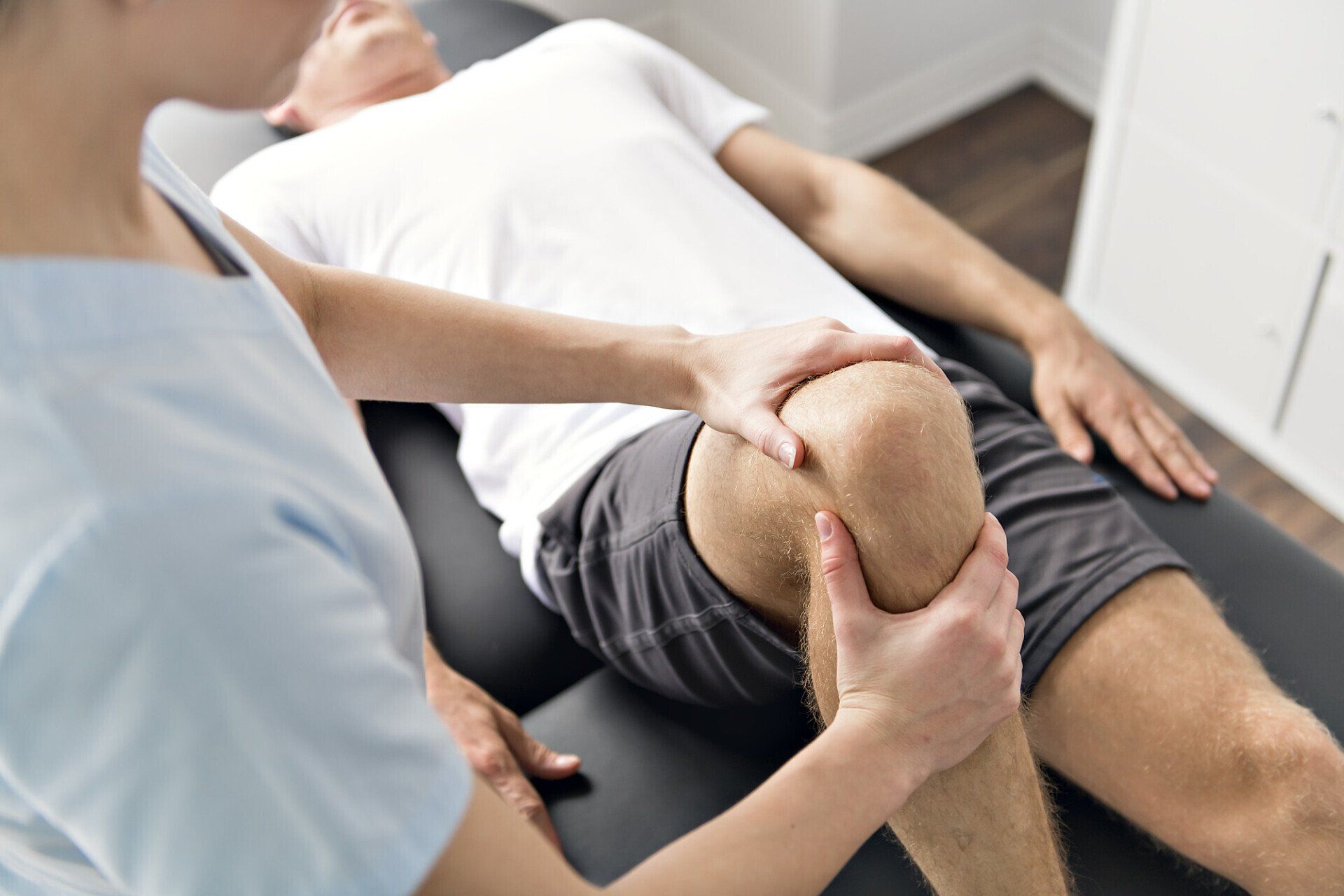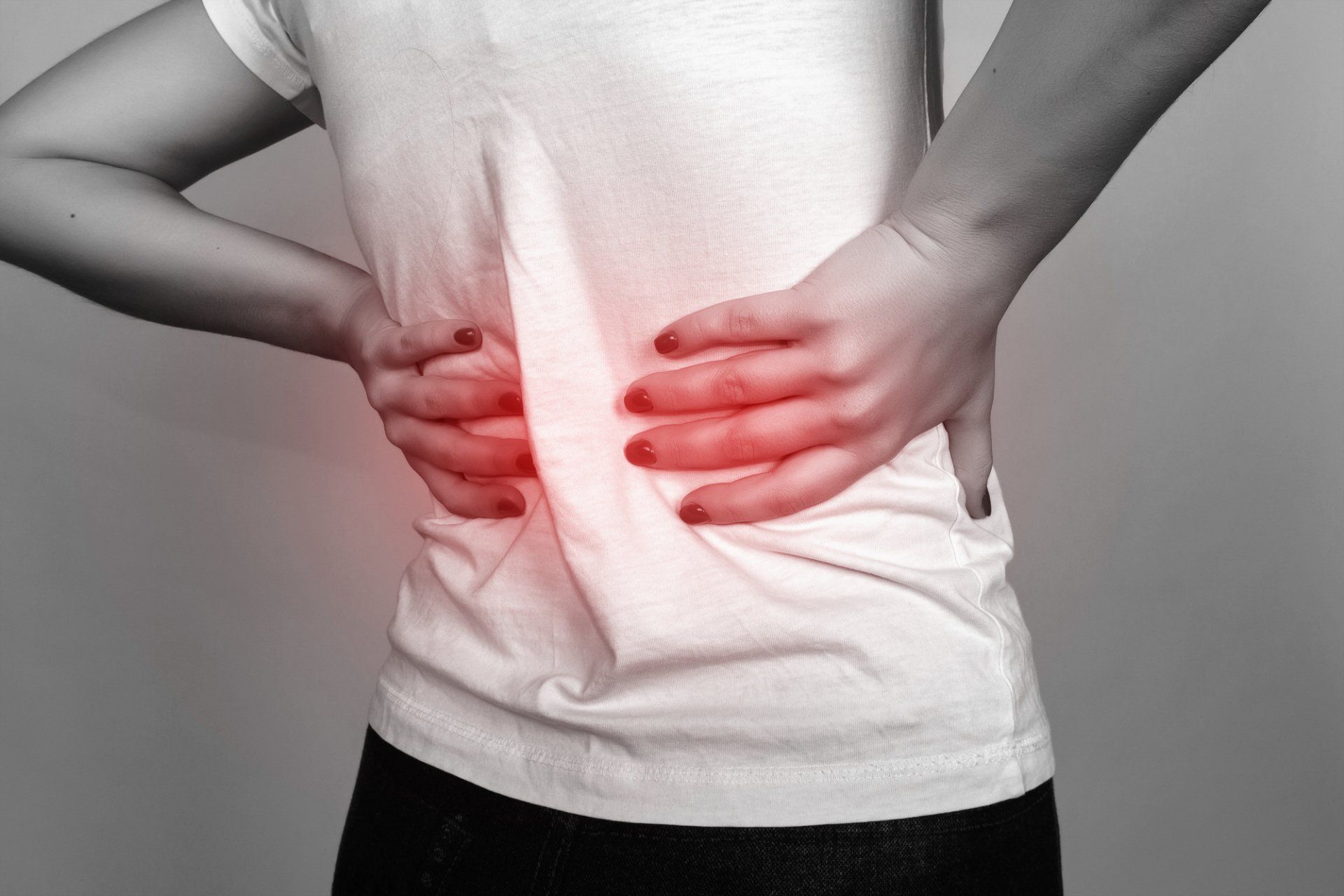What Are The Symptoms And Treatment Options For Piriformis Syndrome
July 8, 2019
What Are The Symptoms And Treatment Options For Piriformis Syndrome

Does shooting lower back pains, pain in your hips or buttocks area, or a tingling or numbness that extends down to your feet sound familiar?
Piriformis syndrome is a condition in which the piriformis muscle, which is located in the buttock region, spasms and causes buttock pain. The piriformis muscle can also be a source that can irritate the nearby sciatic nerve and cause pain, numbness and tingling along the back of the leg and into the foot.
The Piriformis Muscle
- Starts at the lower spine and connects to the upper surface of each femur, otherwise known as the thighbone.
- The piriformis muscle is a flat, band-like muscle which is located in the buttocks near the top of the hip joint. This muscle is crucial to the lower body movements because it stabilizes the hip joint and lifts and rotates the thigh away from the body.
- This allows us to walk, shift our weight from one foot to another, and maintain balance. It is also used greatly in sports that involve lifting and rotating the thighs. Simply put it is used in almost every motion of the hips and legs.
- Runs diagonally, with the sciatic nerve typically running vertically directly beneath it.
Symptoms of Piriformis Syndrome
Most commonly, patients will describe acute tenderness in the buttock and sciatica-like pain down the back of the thigh, calf, and foot. Sciatica and piriformis syndrome are closely related and cause many of the same symptoms, although most cases of sciatic nerve pain are not actually due to piriformis syndrome. Typical piriformis syndrome symptoms may include:
- A dull ache in the buttock region.
- Pain that runs down the back of the thigh, calf, and foot.
- An increase in pain after sitting for prolonged periods of time.
- Reduced range of motion of the hip joint.
- Pain when walking up stairs or at inclines.
- Pain in the buttocks and legs that worsens with activity.
Treatment For Piriformis Syndrome
- Ice. At the onset of pain, lie down in a comfortable position on the stomach and place an ice pack on the area in pain for approximately 20 minutes. Also, consider combining gentle massage with an ice pack. Repeat as needed every 2 to 4 hours.
- Heat. It’s possible to find it helpful to alternate cold with heat. When using a heating pad, lie down on the stomach and place the heating pad on the painful area for up to 20 minutes. Be cautious and avoid falling asleep on a heating pad, as this may lead to skin burns.
- Medication. Over-the-counter or prescribed pain medicines, anti-inflammatory drugs, or muscle relaxers frequently serve to reduce the pain from piriformis syndrome. A doctor may also inject medicine directly into the piriformis muscle as well to improve the condition.
- Physical therapy. Physical Therapy treatment often includes stretching, strengthening and mobilizing the hip joints in various ways, using specific exercises that flex and loosen the appropriate areas. Hip joint mobilization, hamstring stretches, as well as strengthening the quadriceps, lower back and core can all important for preventing future symptoms from returning.
- Yoga or stretching. Specific stretches or yoga poses can help to strengthen the core and lower back the hips, and the quads/buttocks while also loosening up and supporting the piriformis muscle.
- Chiropractic Care. Chiropractors generally view the body in its entirety, and may often treat other parts of the body, in order to improve the condition of the piriformis muscle. It’s possible to utilize a regimen of pelvic and spinal adjustments along with joint manipulation and stretching in order to loosen up the muscle and help heal the afflicted area.
The Piriformis Takeaway
Piriformis syndrome is typically characterized by pain in the area of the buttock and hip area, although the discomfort can also extend down to the lower leg. It can cause symptoms similar to sciatica.
Contact us today to learn more about how we can assist you with your health and wellness journey, to view our services and claim your new patient special offer.
Recent Articles

Now that you know the top tips for finding a great chiropractor in St Petersburg FL, it's time to book an appointment. Here at Unified Chiropractic, we want to help you live a pain-free life.
If you're local to the Northeast Saint Pete area, you're more than welcome to come in to meet us face-to-face. We'd love to discuss your healthcare goals with you!
Blogs and Articles

Now that you know the top tips for finding a great chiropractor in St Petersburg FL, it's time to book an appointment. Here at Unified Chiropractic, we want to help you live a pain-free life.
If you're local to the Northeast Saint Pete area, you're more than welcome to come in to meet us face-to-face. We'd love to discuss your healthcare goals with you!










